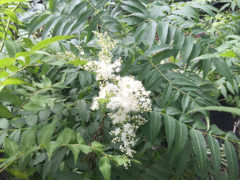
false Ural spirea
Sorbaria sorbifolia
A suckering, deciduous shrub which typically grows 5-8′ tall and wide with ferny green foliage … Continued
Drought-tolerant and drought-resistant plants may still need supplemental water from time to time, but they can survive periods of dryness without dying.
Drought-resistant plants like cactus, hens and chicks, and sedums can go for very long periods without water and do not tolerate poorly drained locations. Drought-resistant tropical plants grown indoors in winter like cactus, Sansevieria, Echeveria, and other succulents sometimes fail due to overwatering.
Drought-tolerant plants grow in many textures and sizes and have different adaptations that help them get through periods of drought:
The latter two types of plants are drought tolerant once established because any new planting, regardless of drought tolerance, needs to be watered during the first growing season to allow roots to reach the depths needed to access moisture during dry periods.
It’s also important to note that survival may not mean that the plant will look its best during this time. Watering weekly for a longer period of time will result in the best-looking gardens with the highest tolerance for drought. During the hottest, dryest times in summer, watering deeply twice a week is recommended. These less frequent waterings will encourage root systems to expand, making it easier for plants to access moisture when their environment is dry.
Winter drought has become a bigger problem in recent years as snowfall declines. Evergreen plants are especially vulnerable during winter drought because their foliage continues to shed moisture while dormant deciduous plants have shed their leaves and can conserve moisture in woody stems and underground. Watering shrubs and trees in winter on days when the temperature allows (above freezing) will help ensure their healthy return in spring.
Here are some drought-tolerant and drought-resistant plants to grow—

Sorbaria sorbifolia
A suckering, deciduous shrub which typically grows 5-8′ tall and wide with ferny green foliage … Continued

Sorbaria sorbifolia 'Mr. Mustard'
Mr. Mustard has incredibly colorful springtime foliage of yellow, orange, red, pink, and lime green. … Continued
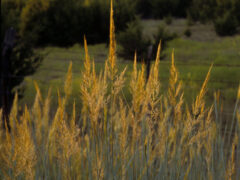
Sorghastrum nutans
Upright clumps of slender, blue-green leaves 1/2″ wide. Foliage turns orange-yellow in fall. Stems are … Continued
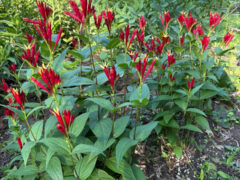
Spigelia marilandica
A long flowering woodland perennial with unique flowers that attract pollinators — especially hummingbirds. This … Continued
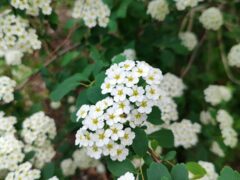
Spiraea × vanhouttei
Old-fashioned spirea is often found in established landscapes around older homes. This handsome arching, loose … Continued
Spiraea thunbergii 'Ogon'
This yellow-leaved spirea is covered with pretty white flowers in spring and fine yellow leaves … Continued

Spiraea japonica 'Little Princess'
Dainty clusters of rose-pink blooms on low-growing, mint green foliage. Naturally develops a tidy, compact, … Continued
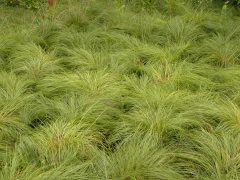
Sporobolus heterolepis
2′ narrow-leaved, fragrant native grass. Incredibly attractive in bloom and seed.
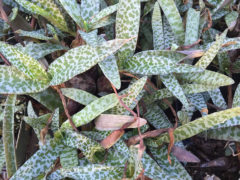
Ledebouria socialis ‘Violacea’
One of the most widely cultivated bulbs, favored by cactus and succulent growers. It is … Continued
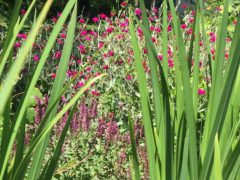
Stachys officinalis ‘Cotton Candy’
Selected for continuous bloom, deep green foliage, and compact habit, ‘Pink Cotton Candy’ sports two-toned … Continued
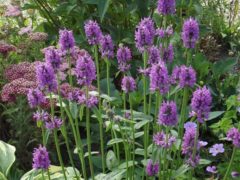
Stachys monnieri 'Hummelo'
Perennial Plant Association 2019 Perennial Plant of the Year! Compact clumps of distinctive, heavily textured, … Continued
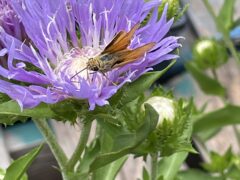
Stokesia laevis 'Mel's Blue’
Native to wetlands, bottomlands, savannas, and ditches along the coastal plain from North Carolina to … Continued